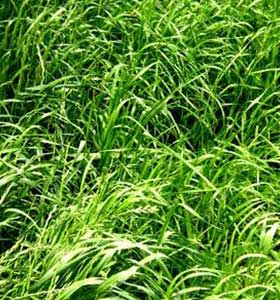Westerwold And Italian Ryegrass Catch Crops
26 August 2022The dry conditions in large parts of the country this summer are proving difficult to establish good catch crops for winter forage. This is unless, it continues to rain continuously over the next few weeks.
One option if forage crops have not been sown, or have failed would be to sow a 50–50 mix of Italian rye grass and Westerwolds as soon as rain is forecast. With the combination of moisture and warm soil, the Westerwolds will give extremely fast growth. Producing high forage yields within a couple of months which can be grazed off by stock. In addition it will also help provide a heavy first cut of silage next spring. Then, as the Westerwold sward begins to die back, it will allow the Italian to take over producing high yields for the rest of the summer.
To understand why this works so well, we will explain the characterises of the two species. Westerwolds is a high yielding species of ryegrass. It is an annual species, meaning that it only persists for one year. However it is very quick growing, typically allowing for a silage crop only 3 months after sowing in the spring. It is normally used for conserving winter forage e.g. hay or silage and for short term grazing. In the case of an autumn sowing, the Westerwolds will grow early in the spring, allowing an early graze or an early cut of silage. Given its quick growing attributes it requires to be managed to prevent it from flowering and reducing its feeding value. It is generally tolerant to frost meaning the system would work in Northern areas.
Italian rye grass is a short term sward, which usually lasts for two grazing seasons, however this life may be shortened in dry years. Like the Westerwolds it is high yielding. It is well suited to being utilised for forage conservation due to its open sward from having a low number of tillers. In the case of autumn sowing, an early crop will be available in the spring, similar to Westerwolds this needs managed to prevent it becoming stemmy. Italian rye grass can sustain winter temperatures, but has a higher survivability when covers are eaten down prior to a cold period, which in turn allows fresh spring growth.
With the two varieties being quick growing, they are an excellent mix for an autumn sowing, giving benefits of an early cut of silage or hay in the spring, followed by either additional cuts or grazing. They are not long term swards, but they are an excellent solution for sowing in the autumn, where forage crops may have failed or grass shortages are expected in the spring
Basil Lowman, basil.lowman@sac.co.uk
Sign up to the FAS newsletter
Receive updates on news, events and publications from Scotland’s Farm Advisory Service

